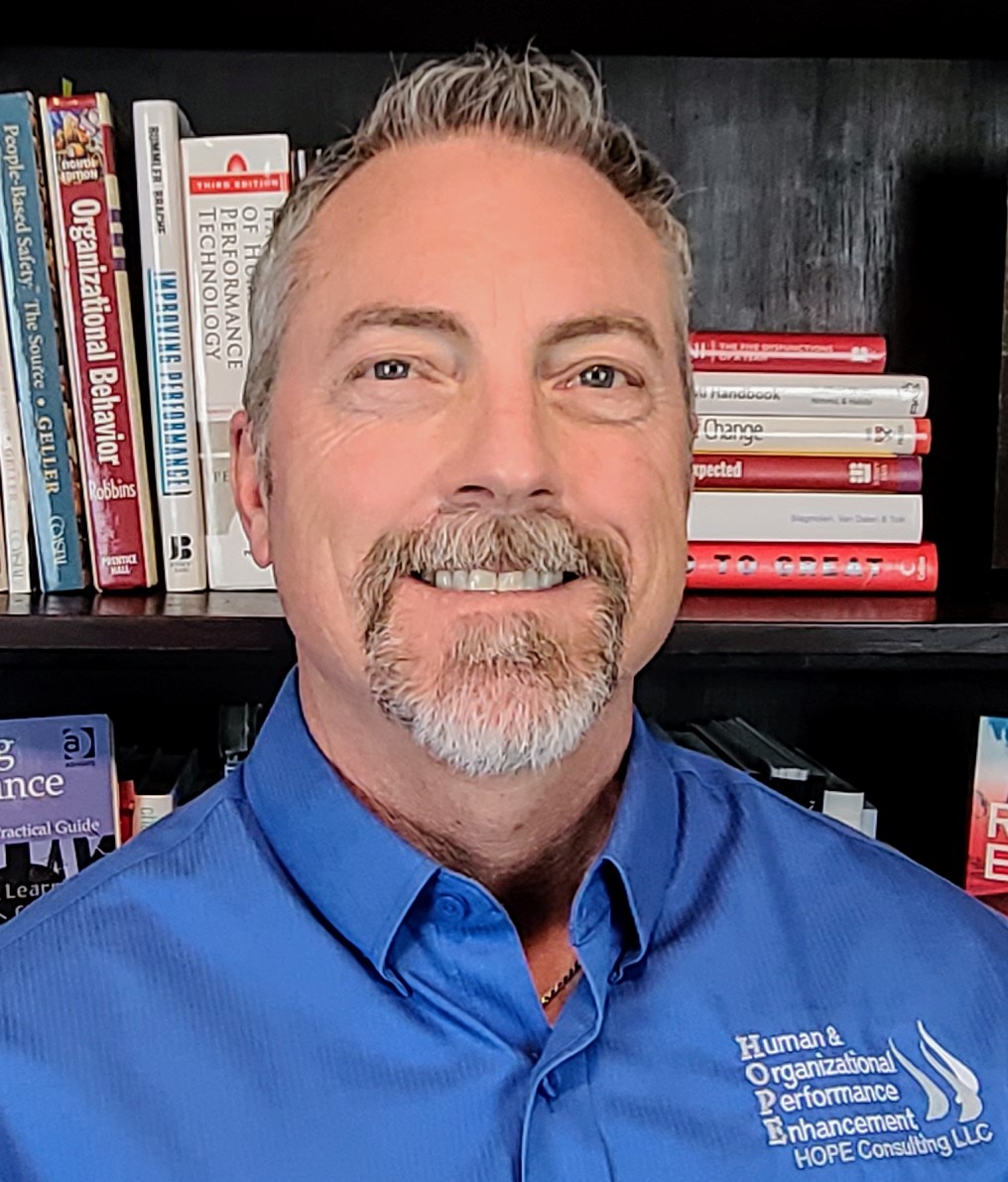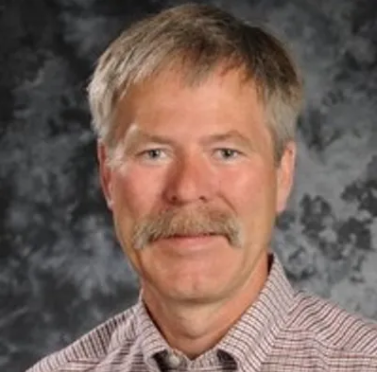CRITICAL STEPS
What is a Critical Step? A Critical Step is a human action that will trigger immediate, irreversible, and intolerable harm to an asset, if that action or a preceding action is performed improperly. Critical Steps happen every day at work and at home. Work does not happen otherwise.
Starts at: $597 Per Seat
Discounts available based on volume
CRITICAL STEPS
Work = Risk. Work is energy directed by people to create value. If an operation has the capacity to do work, it has the capacity to do harm. But people are imperfect. Workers, including managers, make mistakes. Therefore, work is the use of force under conditions of uncertainty—human fallibility.
Safety. Consequently, absolute safety is impossible to achieve with any human endeavor. Risk—the specter of losing control of hazards—is continually present. Most operations require some degree of human oversight and/or control of work. That means that some human actions MUST go right the first time, every time—when “failure is not an option.”
Operational safety is achieved through two sources. There are fixed sources of safety—controls, barriers, and safeguards—designed and built into a technology and its physical structures. However, there are variable sources of safety attributable to the organization and conduct of work—via human performance, which must be managed in real time at the worksite. Therefore, safety is what people do to protect assets from harm during work—in a manner of speaking, people ‘complete the design’ through their capacity to respond to gaps in the original design.
- Introduction
- What is a Critical Step?
- How to Think about Human Performance Risk
- Work Execution Process
- Risk Important Actions
- Performing Critical Steps - Positive Control
- Performing Critical Steps - Human Performance Tools
- Managing Critical Steps (Manager Only)
- Refresher
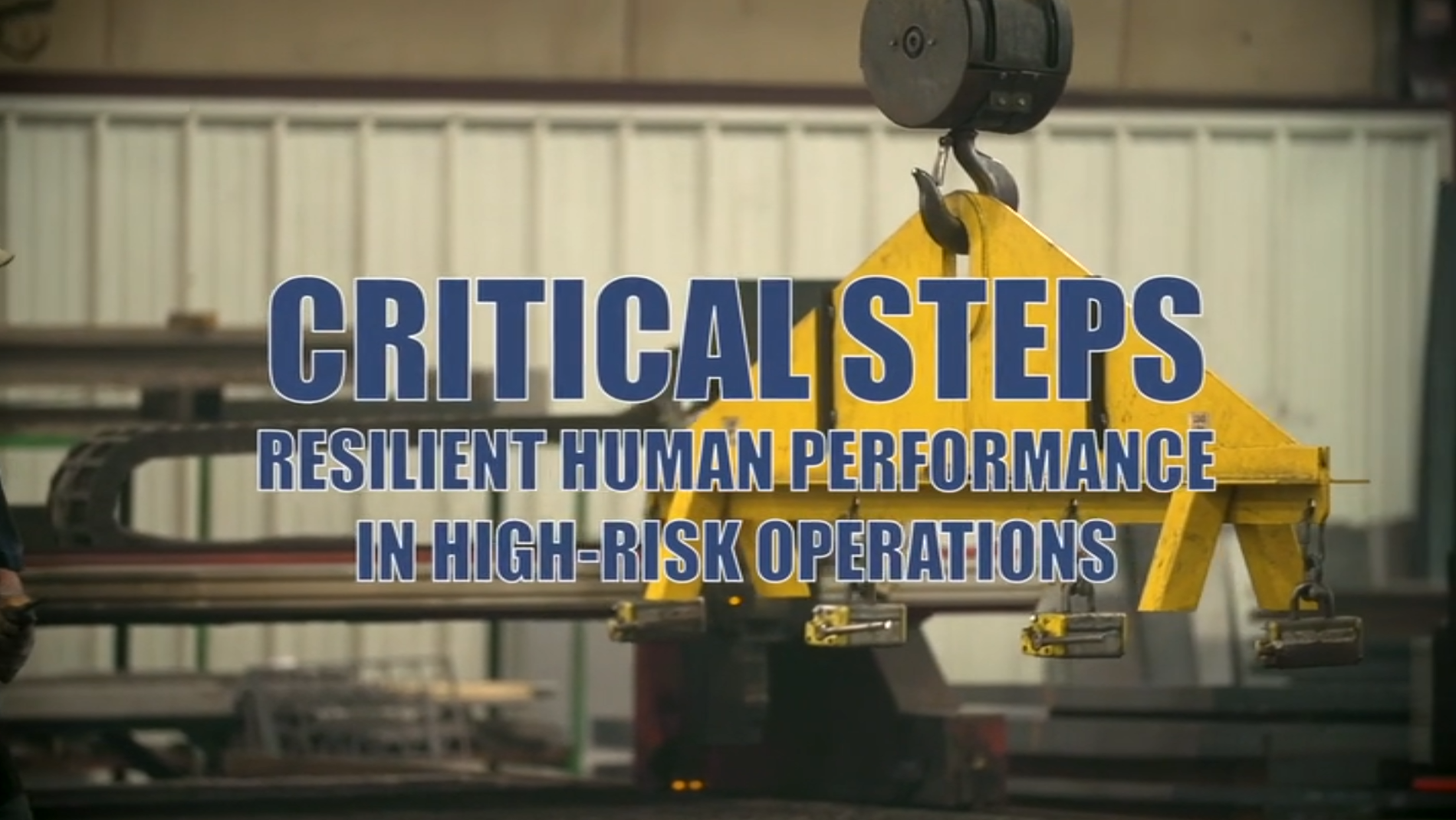
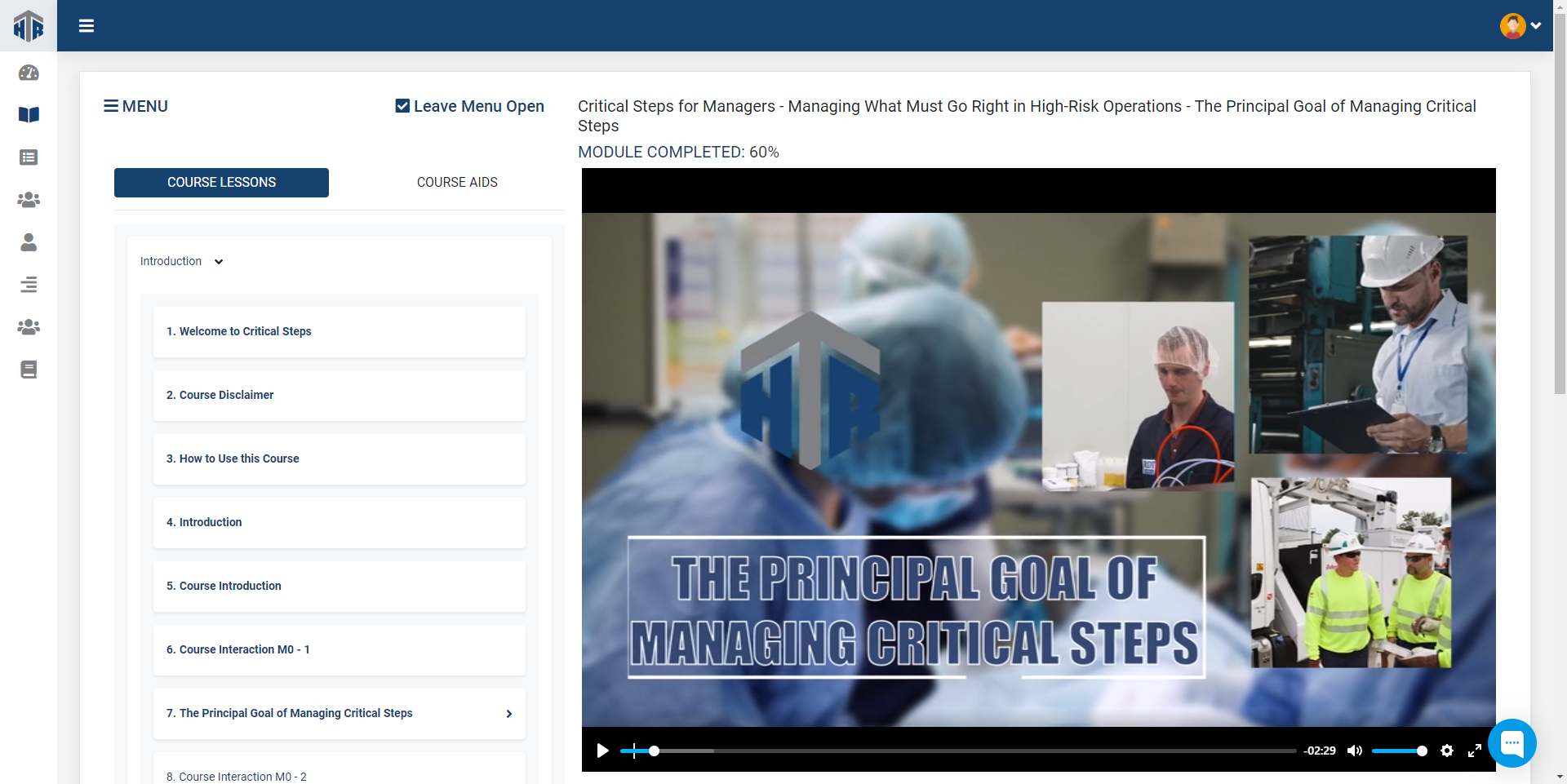
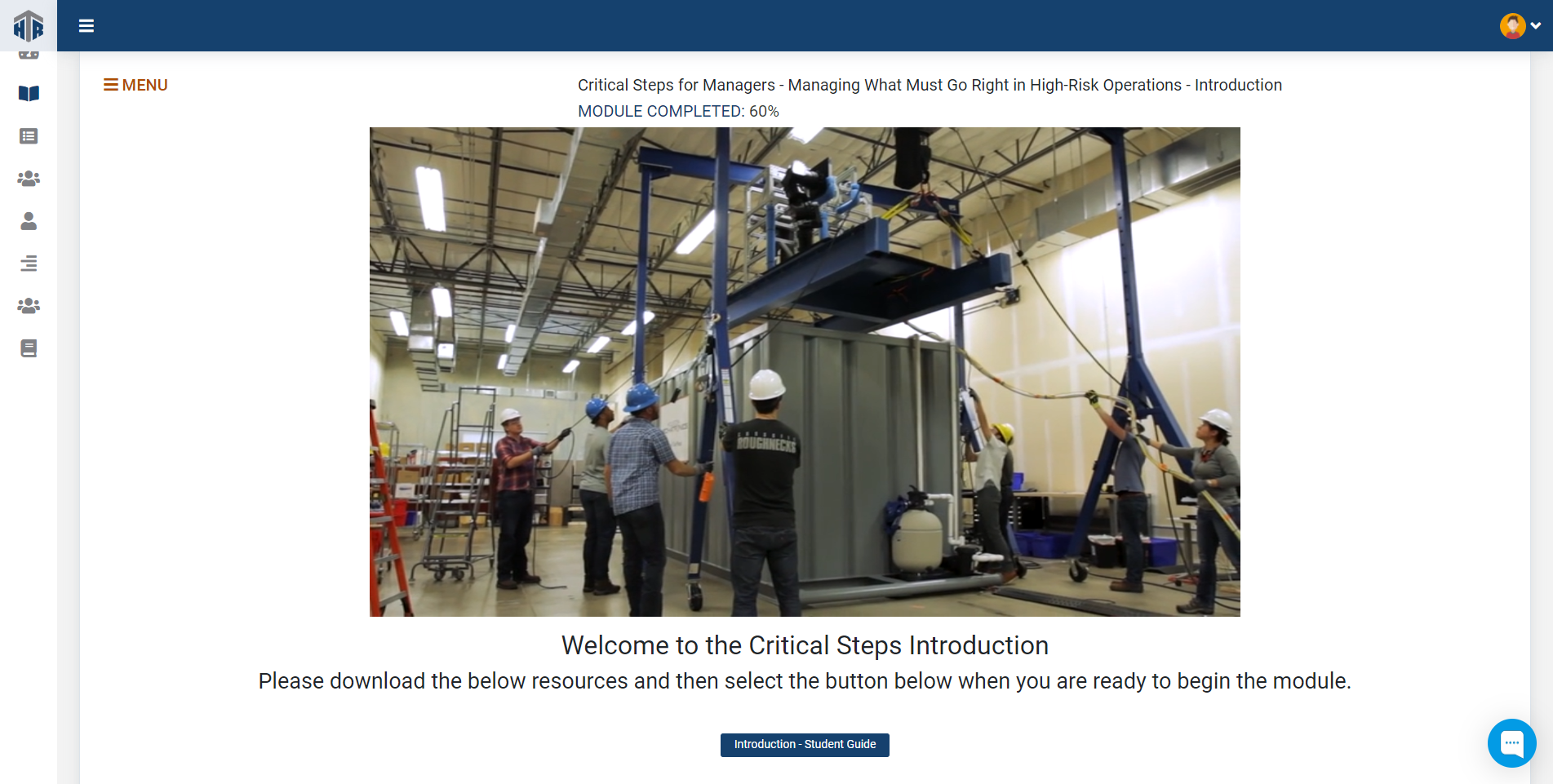
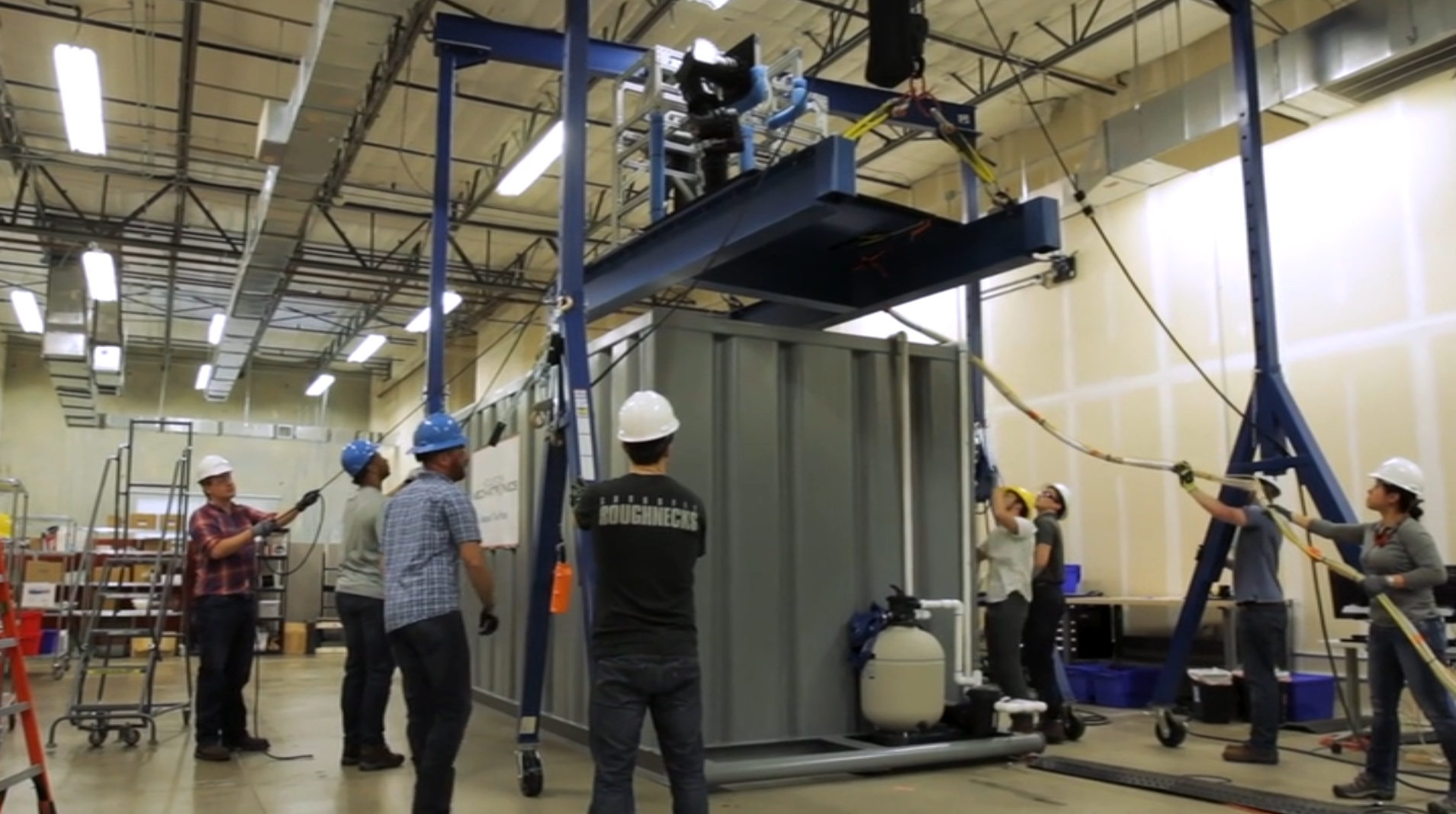
CRITICAL STEPS - Managing What Must Go Right in High-Risk Operations
The overarching goal of managing Critical Steps is to maximize the success (safety, reliability, productivity, quality, profitability, etc.) of people’s performance in the workplace, to create value for the organization without losing control of built-in hazards necessary to create that value.
Take a sneak peek into the book that our Critical Steps™ video-based training is based off of here.
CRITICAL STEPS Objectives
Note: Optional enhanced objectives can be customized to any desired focus area or audience for our training courses.
Identify
Exercise
Fail
Align
Meet our Authors
Professional Experience
2016-Present: HOPE Consulting LLC, Business Partner / Chief Operations Officer
2020-Present: High Reliability Training LLC, Business Partner / Chief Operations Officer
Ron is an author and experienced practitioner in Human & Organizational Performance (HOP) and High Reliability Organization (HRO) that provides support for a variety of high-risk industries that includes: analysis of operational data to help front-line workers, line managers, and leaders of high-risk operations protect their assets using proven risk management methods, and error-prevention and mitigation strategies. Ron also develops and delivers:
- Co-authored Critical Steps: Managing What Must Go Right in High-Risk Operations
- Customized HOP and HRO workshops, webinars, and classroom training
- Video-based HOP and HRO training
- Observation and feedback training and mentoring
- Leadership development, training and mentoring
- Asset protection and risk management strategies
- Accident / Incident investigation training and mentoring
- Keynote speeches
Tony specializes in human error management, a risk-based approach to managing human risk. Tony has served on nuclear industry working groups associated with human performance (Electric Power Research Institute - EPRI and Nuclear Energy Institute – NEI), and he has presented papers at several industry meetings including several IEEE conferences on human factors and power plants.
Tony has written, "Risk-Based Thinking" a comprehensive guide for management to consider when managing and leading in High Reliability Organizations. Highly recommended by HOPE Consulting LLC.
Jim is skilled in executing and supporting research, operations, engineering, and maintenance. He is passionate about establishing worker-centric practices to manage risk by enabling competence and providing for 'what must go right.' He helps high risk/complex organizations re-establish operational clarity, providing better support for their people through tailored planning and field-based learning. He possesses an in-depth understanding of human performance improvement (HPI) principles and practices. He excels in helping organizations establish workable safety policy, standards, and implementation approaches that enable and promote sustained reliability and resilience in human and organizational performance. Workforces and leaders have recognized his effectiveness in helping their teams ensure continued success. He has a B.S. degree in Technology (Nuclear).

